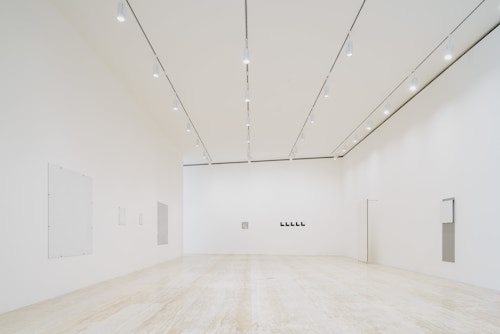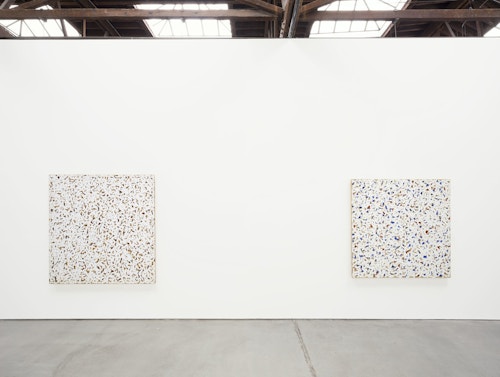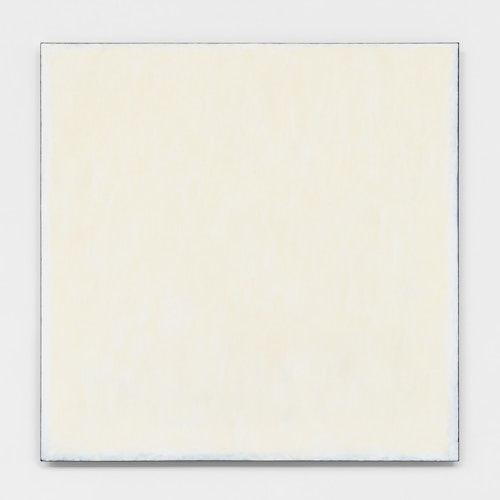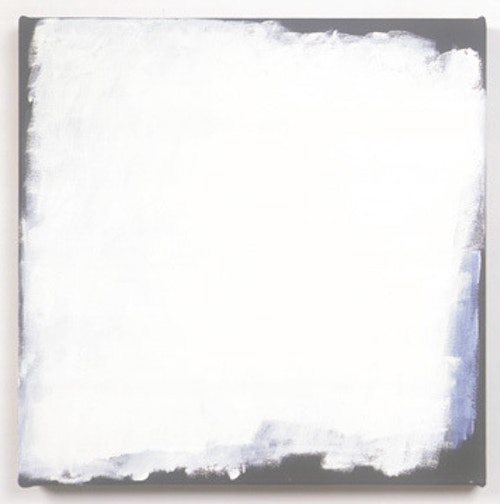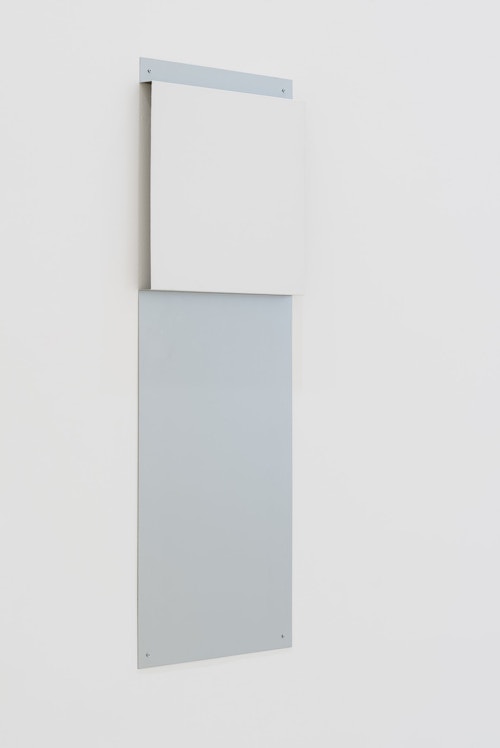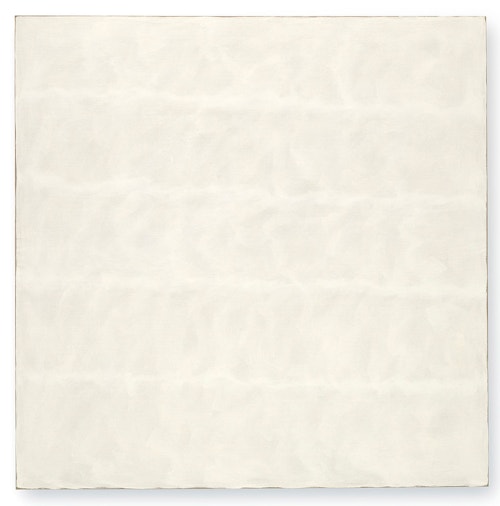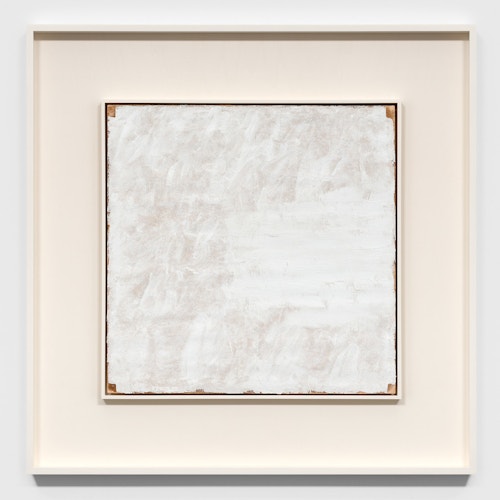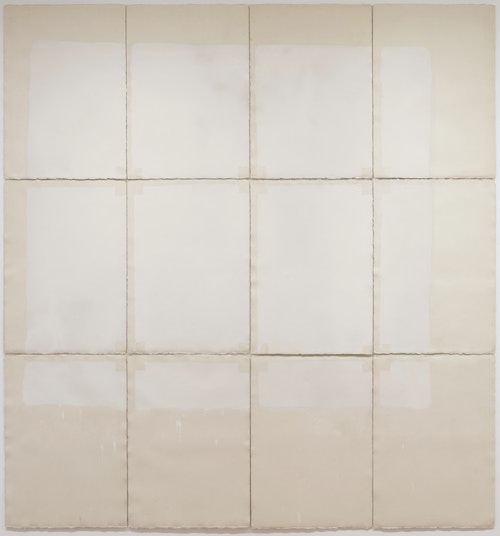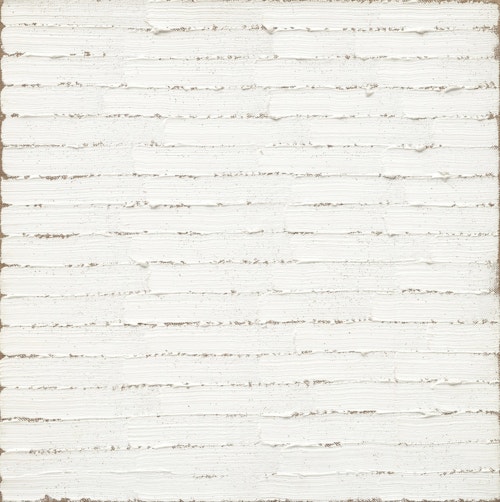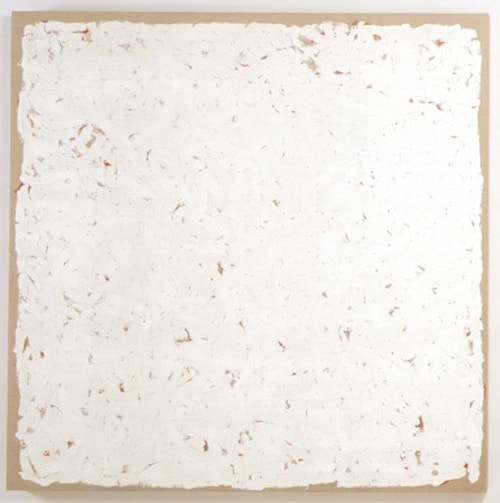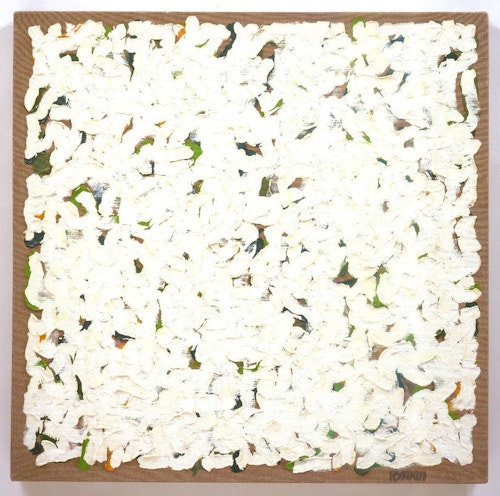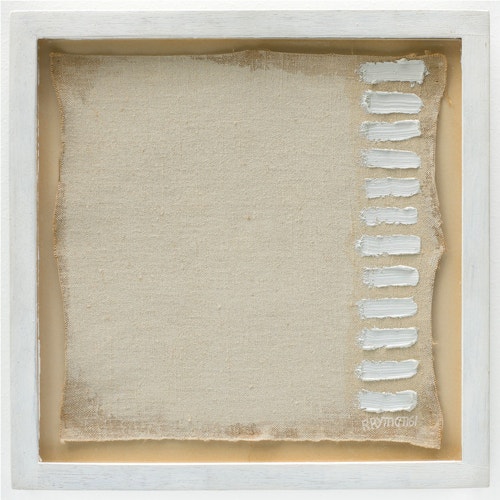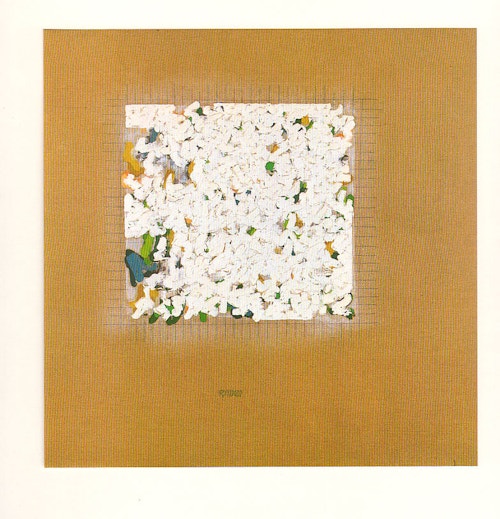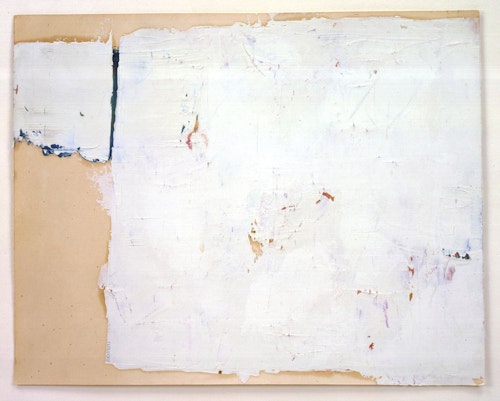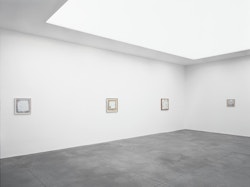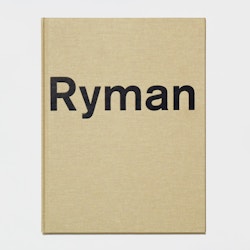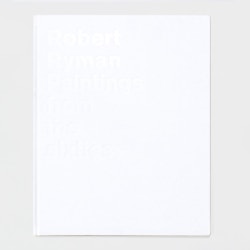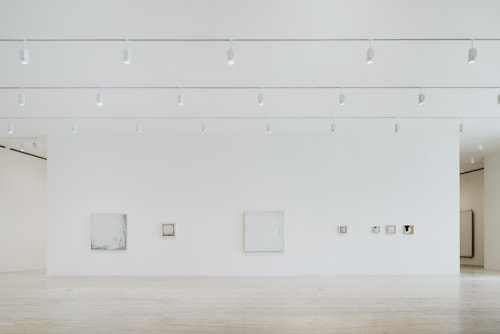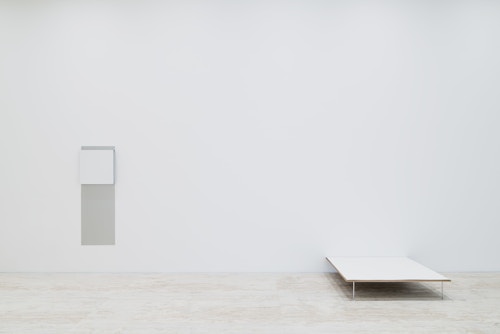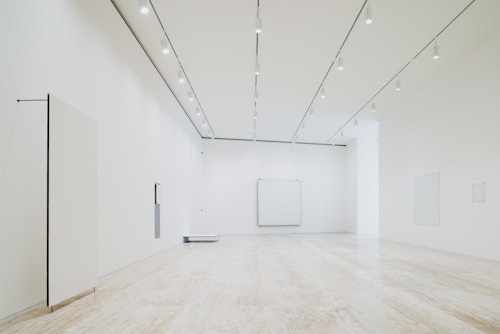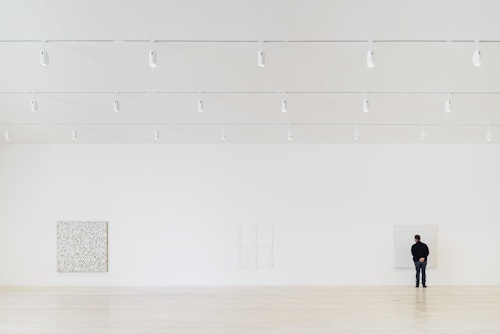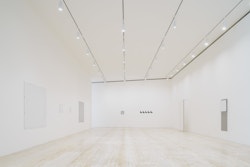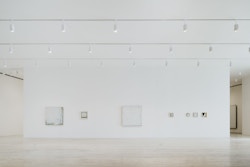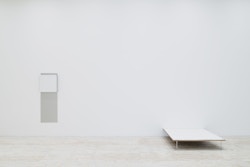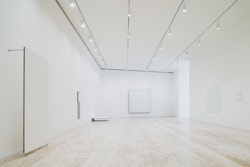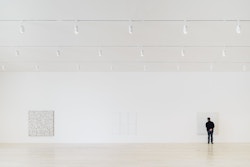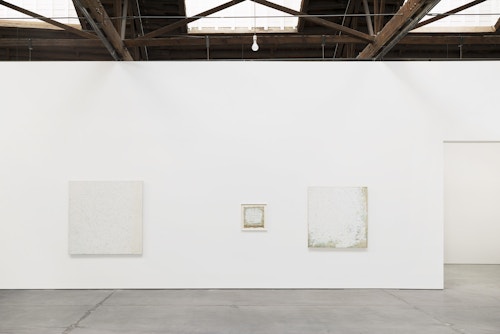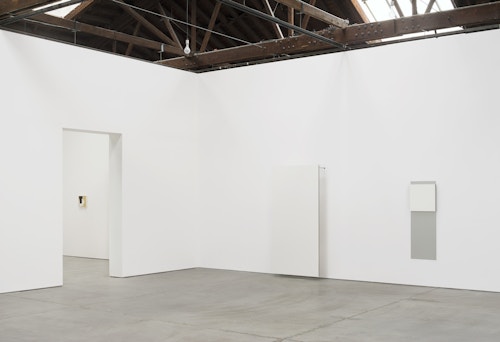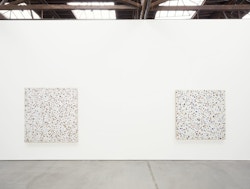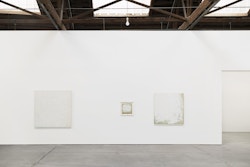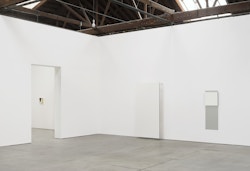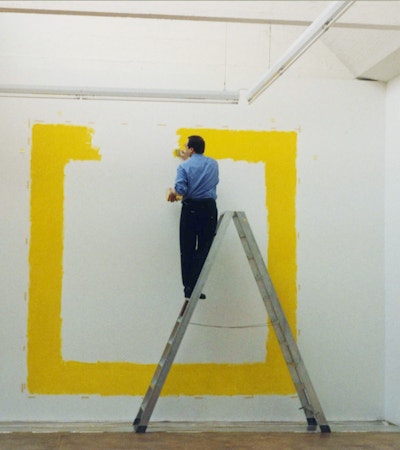
Robert Ryman
Initially destined to be a musician, Robert Ryman arrived in New York in the mid 1950s and worked as a security guard at MoMA, where he met the likes of Sol LeWitt and Dan Flavin, and admired the Abstract Expressionists on display. From then on, he committed to the art of painting, famously exploring the infinite potential variations of white-on-white. Ryman focuses on the materials, on how to paint, on the brushwork, the surfaces, the textures, on all the subtle nuances of the structure of the painting (the ground, the screws, fastening systems and so forth). As a consequence, his abstract compositions place a great emphasis on physicality, light and space, opacity and translucence; they encourage the viewer's heightened perception. Some installations of certain groups of paintings have become a “gesamtkunstwerk”, a total experience. He provocatively defines his art as “realism” even though it is generally associated with abstraction or minimalism.
Robert Ryman (b. 1930, Nashville, TN, USA; d. 2019, NY, USA)’s work was included in Harald Szeemann's famous exhibition When Attitudes Become Form at the Kunsthalle Bern in 1969. This launched an impressive line up of major international exhibitions to date.
